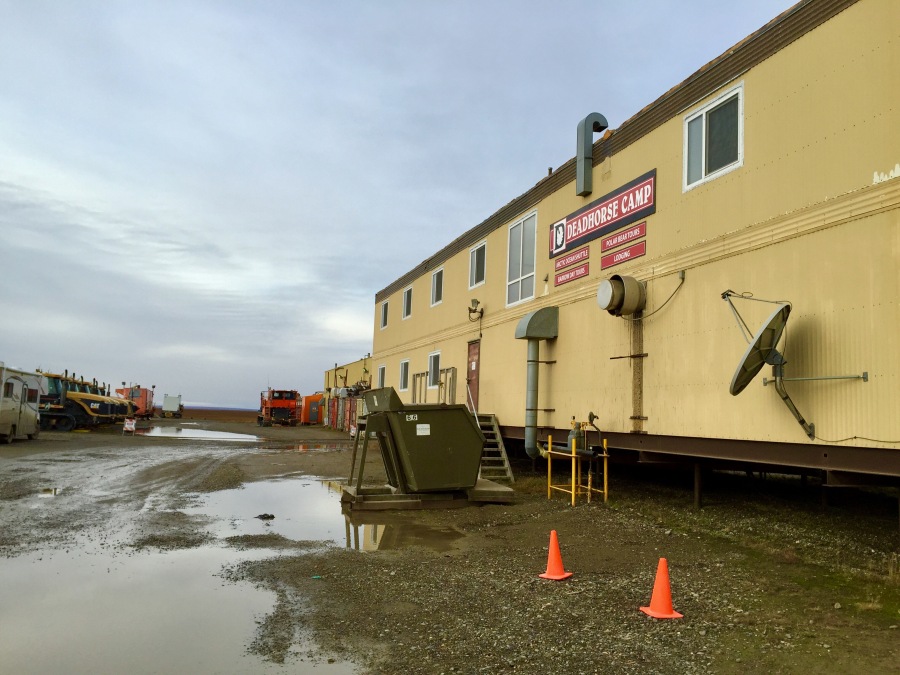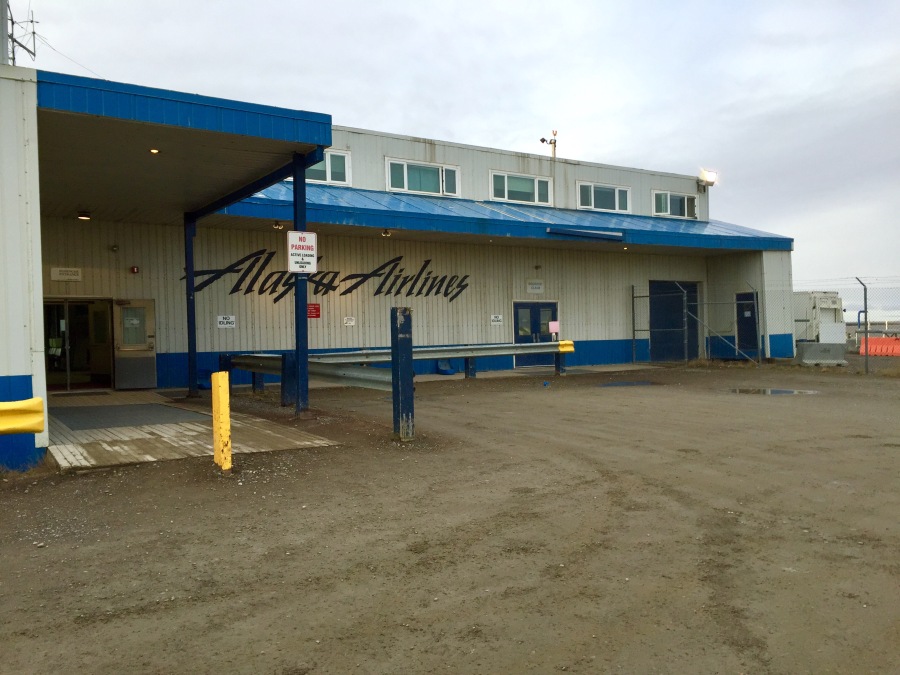The Dalton Highway is one of the most unique highways in the world.
- 414 miles through Alaskan wilderness
- Crosses numerous broad valleys, mountain passes, and the Arctic Circle
- Few amenities and no cell phone service
- Narrow dirt road, truck traffic: broken windshields and flat tires expected
So why is it there? The Dalton Highway, known also as “the Haul Road,” was built during the construction of the trans-Alaska pipeline in the 1970s. It primarily provides access to the pipeline and oil developments on the North Slope and it is frequented by large trucks hauling associated supplies and equipment. The highway opened to the public in 1994 and is now an attraction for American and international tourists, albeit adventurous ones.
Aside from the breathtaking views of Alaskan wilderness, one of the most striking things on the Dalton Highway is the culture and design that have appeared in this remote place. I have been lucky enough to travel the Dalton Highway twice, most recently last summer (the source of a number of these pictures). Forget about the winter for a moment and travel north with me to Alaska in the late summer.






What do you think, would you make the trip?
Sources and further reading:
Check out the BLM website on the Dalton Highway.
The New York Times has a piece on the Dalton Highway with some beautiful photography (my summer photos are tame–see what it looks like it tougher conditions!).
National Geographic has a brief piece on the Dalton Highway here.
Really thinking about a trip, or just curious? The BLM has compiled frequently asked questions about the Dalton Highway here.




This is awesome! I’d totally drive this. In a four-wheel-drive vehicle with two spare tires!
LikeLike
It’s such a cool drive! Definitely a bucket list highway to travel.
LikeLike
Susie, what in the world were you doing there? You are determined to survey architecture around the globe??? Next you will write a post about the architecture of Antarctica????
LikeLike
Haha! I was there for a work project, but definitely feel lucky I got to make the trip. No plans for Antarctica… yet. 🙂
LikeLiked by 1 person
It’s fun to see these places and buildings! Please take me along next time.
LikeLiked by 1 person
[…] You know I love a road trip. So does Susie Trexler, apparently, and one she took recently was a doozy: she drove the Dalton Highway through Alaska’s wildnerness. She shares photos of the plain, unfailingly practical architecture she found along the way. Read Architecture on Alaska’s Dalton Highway […]
LikeLike
I drove the haul road in 1978. We did not make it to Prudoe Bay because half our gasoline was gone; had to turn around! No fuel for tourists on the road; there is now. It hasn’t changed much, though. The communities were pre-fab man-camps to build the road, then salvaged for new accommodations. Try to time your drive with the caribou migration through the passes. Awesome, Susie.
LikeLike
Your top landscape photo overwhelmed me so much…the rest just remind me of the construction camps and haul roads that for so many years have been my life. Kept going back to your top photo. Massive. Ice. Glaciers. Snow. Topography. 🙂 Thank you.
LikeLike